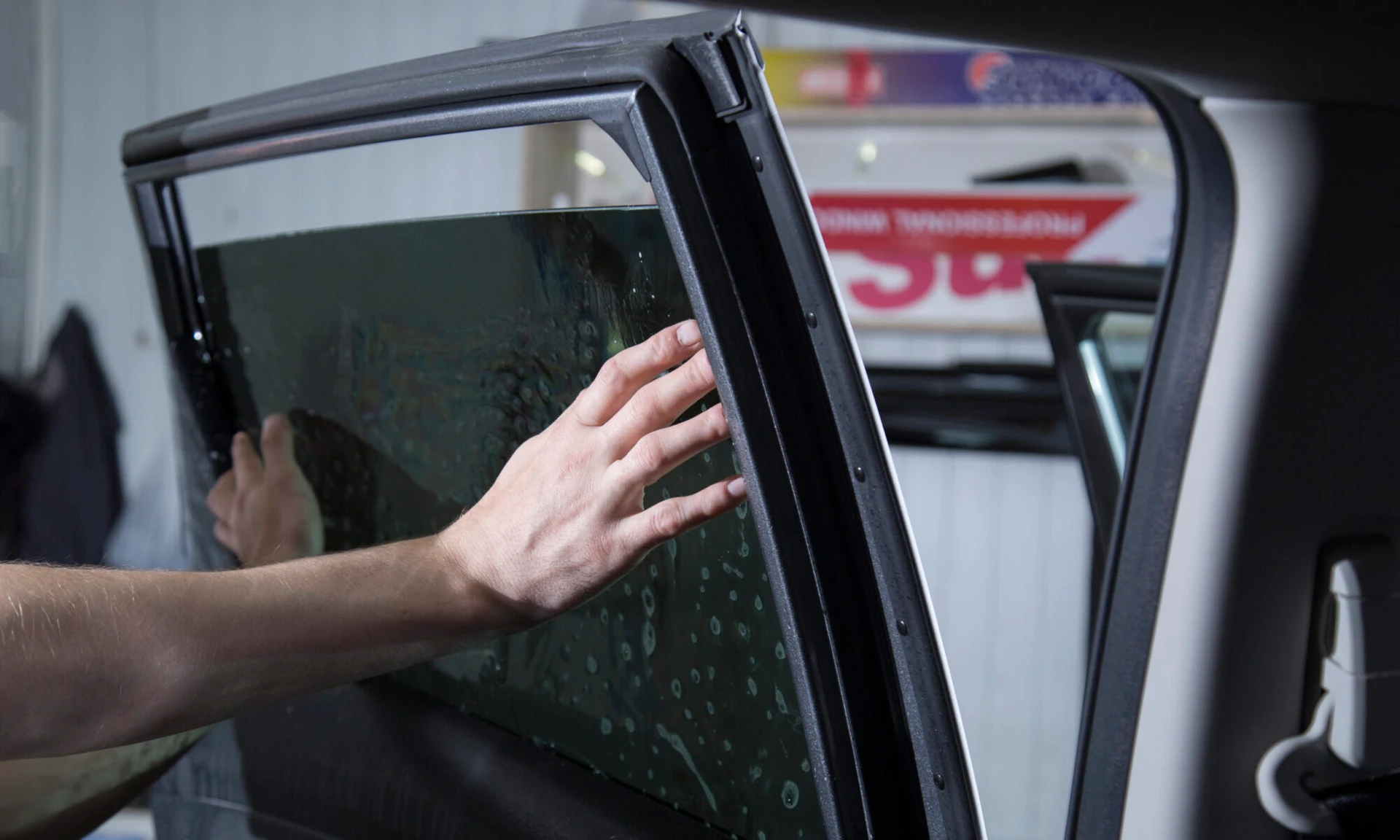Window Tinting Rules: What You Need to Know Prior To Tinting Your Automobile
The Refine of Professional Window Tinting Explained
From selecting the right film type to the careful preparation of home windows, each step plays a vital function in accomplishing a perfect application. Complying with these preliminary preparations, the cautious cutting and application of the movie need accuracy to stay clear of flaws.
Selecting the Right Window Movie
Selecting the right window movie involves understanding numerous factors that affect both aesthetic appeal and performance. The initial factor to consider is the sort of movie, which can range from colored, metalized, to ceramic movies. Dyed movies mostly offer privacy and aesthetic improvement, while metalized films show warmth and UV rays, improving power efficiency. Ceramic movies, although commonly extra costly, offer superior efficiency without compromising presence.
Next, consider the movie's Visible Light Transmission (VLT) percentage, which establishes just how much light gets in the room. A lower VLT gives higher personal privacy and warm denial however may decrease all-natural light considerably. Additionally, the film's solar warm gain coefficient (SHGC) is vital; a lower SHGC shows far better thermal performance, helping to preserve indoor convenience.

Preparing the Windows
Once the proper window film has been picked, the next step is thoroughly preparing the windows for installment. This preparation is important for achieving ideal attachment and making sure a remarkable look post-installation.
The initial job entails cleaning the home windows meticulously (window tinting). A high-grade glass cleaner is crucial, ideally one that is ammonia-free to stay clear of harmful any window seals or color products. Using a lint-free fabric or paper towels, service technicians ought to get rid of any kind of dirt, dirt, or grease, paying special focus to the edges and edges where particles often gathers

Reducing the Film
A precise approach to reducing the film is essential for making certain an excellent fit on the prepared home windows. This step calls for both ability and focus to information, as errors can bring about undesirable gaps or overlaps that compromise the visual and practical high qualities of the tint.
Before reducing, the expert must gauge the home window dimensions accurately, representing any type of distinct shapes or contours. It is advisable to use top notch home window movie, as this product often tends to be a lot more forgiving during the reducing procedure. The film is usually laid flat on a clean, smooth surface area, and a sharp utility blade is utilized to make certain tidy edges.
To achieve optimal results, lots of experts utilize layouts developed from previous installments or utilize software application to design specific patterns. A common technique entails including an extra margin to the theme, enabling changes throughout the application phase.
Moreover, reducing the film in a regulated setting decreases the danger of pollutants affecting the sticky side. By adhering to these careful techniques, home window tinting professionals can make sure that the film not only fits flawlessly however also does properly with time, enhancing both appearance and functionality.
Applying the Color
After thoroughly reducing the film to the correct dimensions, the next step entails using the color to the window surface. This procedure starts with making certain that the home window is tidy and devoid of any kind of dirt, particles, or deposits that might impact bond. A specific cleansing remedy is frequently used, complied with by detailed drying out with a lint-free towel.
When the surface is prepared, the installer will thoroughly position the tint movie versus the glass. It is important to align the movie properly to stay clear of misplacement, as any type of errors can cause an amateur look. To promote this, the installer might utilize a light mist of application solution on the glue side of the film, allowing for mild rearranging if required.
Using a squeegee, the installer will after that begin to press the film onto the glass, working from the facility outwards to remove air bubbles and learn the facts here now ensure a firm bond. This strategy is crucial, as it assures a smooth and perfect finish. Throughout the application, attention to information is crucial to avoid creases or blemishes, ensuring that the color not just enhances aesthetics yet additionally provides the preferred capability.
Last Evaluation and Treatment
The final inspection is a crucial action in the window tinting process, making certain that the setup meets both visual and functional standards. Throughout this stage, specialists meticulously take a look at the mounted tint for any flaws, such as bubbles, creases, or imbalances. A detailed evaluation likewise includes inspecting the adherence of the movie to the glass, along with its uniformity and total look.
After the inspection, proper care and maintenance instructions are offered to the customer. It is essential to inform them about the suggested timeline for cleaning up the tinted windows, usually encouraging a delay of at the very least 30 days after installation to allow the adhesive to cure fully. Clients should be educated on suitable cleansing items and strategies, stressing the evasion of ammonia-based cleaners that can damage the tint.
Additionally, professionals should advise customers on the importance of normal upkeep to lengthen the life of the color. This consists of regular checks for signs of wear or damage and reacting immediately to any kind of concerns. By making sure a detailed last assessment and offering clear care standards, home window tinting professionals enhance consumer complete satisfaction and the longevity of their work.
Conclusion
The specialist home window tinting process incorporates a number of important steps that make certain premium results. Picking the proper film kind, preparing the home windows meticulously, properly cutting the movie, and applying it with accuracy are necessary for achieving a remarkable coating. A thorough final examination guarantees that all criteria blog here are met, while correct post-installation treatment is important for preserving the tint's long life and performance. Sticking to these treatments eventually enhances both the aesthetic original site charm and performance of the tinted home windows.